I have been working with wood for several years now, and one of the most common questions I get asked is whether it is possible to apply wax over Danish oil. The answer is yes, but it depends on several factors, including the type of wood, the type of oil, and the desired finish. In this article, I will explain the process of applying wax over Danish oil, the benefits and potential drawbacks of doing so, and some tips for achieving the best results.
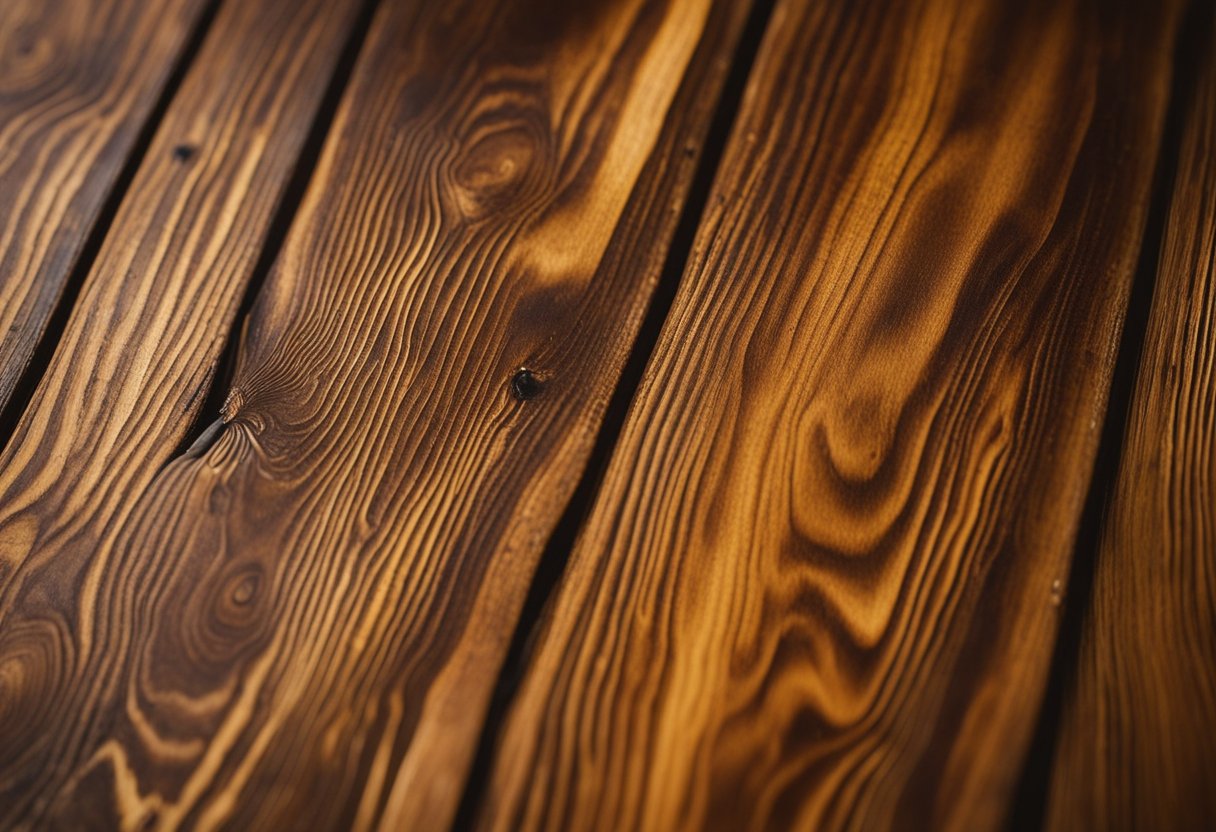
Understanding Danish Oil and Wax
Danish oil is a popular finish for wood that provides a deep, rich color and a durable, protective finish. It is made by mixing oil, varnish, and a solvent, and it is designed to penetrate the wood grain to protect it from moisture and other environmental factors. Wax, on the other hand, is a protective coating that can be applied over the top of the oil to provide an extra layer of protection and shine. It is made from natural or synthetic materials, and it can come in a variety of colors and finishes.
Key Takeaways
- Applying wax over Danish oil is possible and can provide extra protection and shine.
- The process depends on several factors, including the type of wood, the type of oil, and the desired finish.
- Wax can enhance the protection and gloss of the oil finish, but it can also make applying a new coat of Danish oil more challenging.
Understanding Danish Oil and Wax
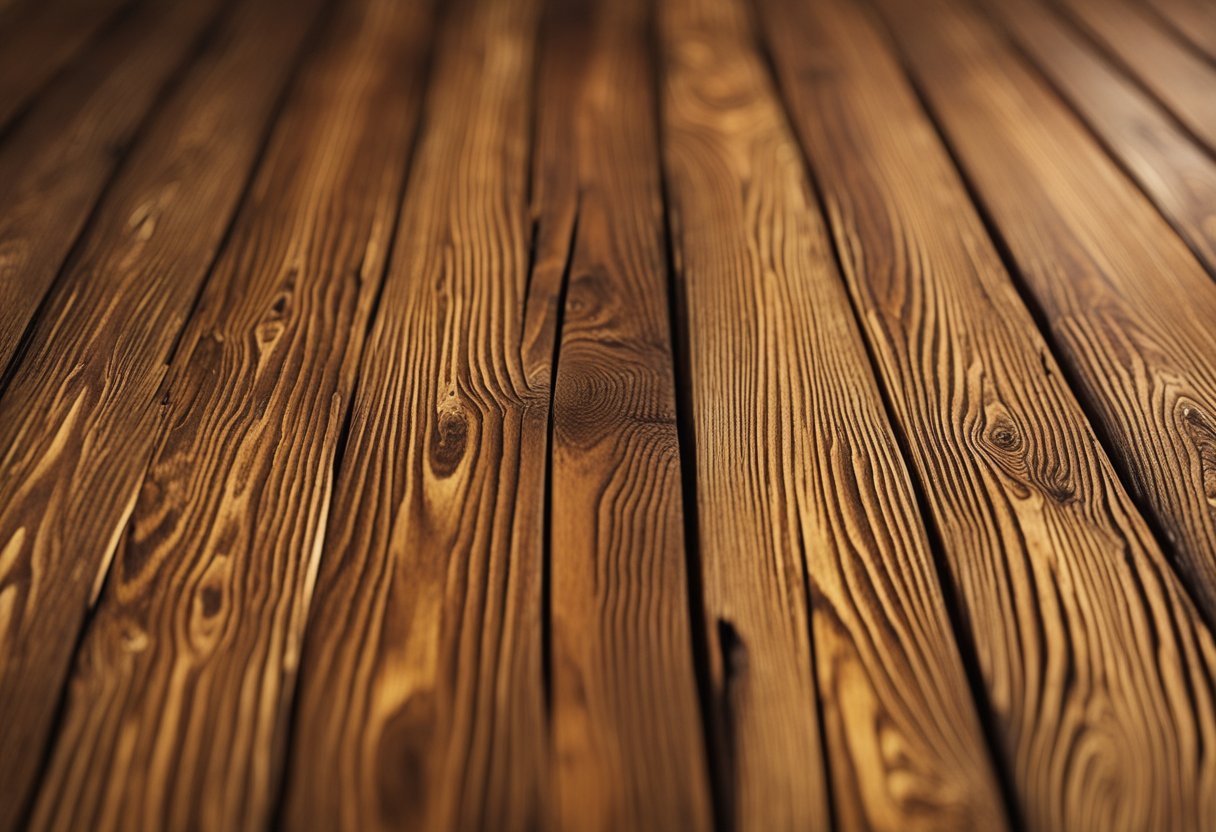
When it comes to finishing wood, Danish oil and wax are two popular options. Both provide a protective layer and enhance the natural beauty of the wood. Here, I will explain the properties of each and how they differ.
Danish Oil
Danish oil is a type of oil finish that is made from a blend of natural oils, including tung and linseed oil. It is a drying oil, which means that it hardens when exposed to air. Danish oil is easy to apply and penetrates deep into the wood, providing a durable finish that is resistant to water and stains.
One of the benefits of Danish oil is that it enhances the natural beauty of the wood by bringing out the grain and color. It also provides a low-luster finish that is not too shiny or glossy. Danish oil is available in different shades, from light to dark, and can be used on a variety of woods.
Wax
Wax is a protective finish that is applied over the top of an oil finish, such as Danish oil. It is available in different forms, including liquid, paste, and solid stick. Wax is formulated in a host of colors, including clear, amber, a range of wood tones, and even white.
Wax is softer than other finishes, such as lacquers and varnishes. It provides a low-luster finish that is smooth to the touch. Wax can be layered over the oil to amplify the shine and provide extra protection. However, it is important to note that wax does not provide as much protection as other finishes and may need to be reapplied more frequently.
Natural Oils
Both Danish oil and wax are made from natural oils that penetrate deep into the wood to provide protection and enhance the natural beauty of the wood. Tung oil and linseed oil are two of the most common natural oils used in wood finishes.
Tung oil is a drying oil that provides a hard, water-resistant finish. It is often used on outdoor furniture and is resistant to mold and mildew. Linseed oil is also a drying oil that is easy to apply and provides a durable finish. It is often used on indoor furniture and is resistant to scratches and dents.
In conclusion, Danish oil and wax are two popular options for finishing wood. Danish oil provides a durable finish that enhances the natural beauty of the wood, while wax provides extra protection and a low-luster finish. Both are made from natural oils, such as tung and linseed oil, that penetrate deep into the wood to provide protection and enhance the natural beauty of the wood.
Application Process
Applying wax over Danish oil is an easy process that can be done by anyone with a little bit of experience in woodworking. To begin the process, I recommend using a clean, lint-free cloth or brush to apply a thin coat of Danish oil to the surface of the wood. This will ensure that the coat is thin and evenly spread for an optimal result.
After applying the Danish oil, it is essential to allow it to penetrate the wood for about 15-20 minutes. The oil must permeate the wood effectively, determining the drying time. Once the oil has penetrated the wood, you can use a clean cloth to wipe off any excess oil that may be left on the surface of the wood. This will ensure that the surface is clean and ready for the next step.
Next, you can apply the wax to the surface of the wood using a clean cloth or brush. It is important to apply the wax in a thin, even layer to ensure that the surface is protected and has a beautiful shine. Once the wax has been applied, it is important to allow it to dry completely before moving on to the next step.
If you find that the wax is difficult to apply, you can try using a primer to help the wax adhere to the surface of the wood. A primer can also help to ensure that the wax dries faster and more evenly, making the application process much easier.
Overall, the application process for wax over Danish oil is straightforward and easy to follow. By using a clean cloth, sanding the surface of the wood, and allowing the oil and wax to cure properly, you can achieve a beautiful finish that will protect your wood for years to come.
Benefits of Wax Over Danish Oil
As someone who has worked with wood for a long time, I have found that applying wax over Danish oil can provide many benefits. Here are some of the main advantages of using wax over Danish oil:
Extra Layer of Protection
Wax provides an extra layer of protection to your wooden pieces. It helps to protect the wood from moisture, wear and tear, and scratches. The wax acts as a barrier between the wood and the outside world, keeping it safe from damage.
Durable Protection
Wax is a durable material that can withstand a lot of wear and tear. When applied over Danish oil, it provides a long-lasting protective layer that can withstand the test of time.
Beautiful Shine
Wax provides a beautiful shine to wooden pieces. It enhances the natural beauty of the wood and gives it a smooth, polished finish. The shine is not too glossy or too dull, but just right, making the wood look more elegant and sophisticated.
Scratch Resistance
Wax is also scratch-resistant, which means that it can help protect your wooden pieces from scratches. This is especially important if you have children or pets who may accidentally scratch the wood.
Smooth Finish
Wax provides a smooth finish to wooden pieces. It fills in any gaps or pores in the wood, making it look more uniform and polished. The smooth finish also makes it easier to clean and maintain the wood.
Varnish and Sheen
When applied over Danish oil, wax can provide an additional layer of varnish and sheen. This can help to enhance the natural color and grain of the wood, making it look more vibrant and alive.
Overall, applying wax over Danish oil can provide many benefits to your wooden pieces. It enhances their natural beauty, provides an extra layer of protection, and makes them more durable and scratch-resistant. If you are looking to add some shine and protection to your wooden pieces, then I highly recommend using wax over Danish oil.
Commonly Used Materials
When it comes to finishing wooden surfaces, Danish oil is a popular choice due to its ability to penetrate the wood and bring out the natural grain patterns. However, some people prefer to apply wax over Danish oil to provide an extra layer of protection and shine. In this section, I will discuss the commonly used materials for this process.
Wax
The most commonly used wax for this process is paste wax. It is made of polymerized linseed oil, tung oil, mineral spirits, synthetic resins, and varnishes. Its composition varies among manufacturers, but it is generally a blend of natural and synthetic materials. The wax provides a protective layer over the Danish oil and enhances the wood’s natural beauty.
Danish Oil
Danish oil is a blend of varnish and oil, commonly tung or linseed. It is designed to penetrate the wood and bring out its natural beauty. It is easy to apply and dries quickly, making it a popular choice among woodworkers. Danish oil is available in different colors and finishes, allowing you to choose the one that best suits your needs.
Wood
The type of wood you are working with will also affect the finish you achieve. Different woods have different characteristics, such as hardness, texture, and grain patterns. For example, oak has a prominent grain pattern, while pine has a more subtle one. The type of wood you are working with will also affect the absorption of the Danish oil and wax.
Mineral Spirits
Mineral spirits are used to clean the wood before applying the Danish oil and wax. It removes any dirt, grime, or oil from the surface, allowing the oil and wax to penetrate the wood better. Mineral spirits are also used to thin the Danish oil and wax if needed.
Other Materials
Other materials that may be used in this process include sandpaper, steel wool, and brushes. Sandpaper and steel wool are used to prepare the surface and remove any imperfections. Brushes are used to apply the Danish oil and wax evenly over the surface.
In conclusion, when applying wax over Danish oil, it is important to use the right materials to achieve the desired finish. The most commonly used materials include paste wax, Danish oil, wood, mineral spirits, sandpaper, steel wool, and brushes. By using these materials correctly, you can enhance the natural beauty of the wood and provide it with an extra layer of protection.
Potential Disadvantages
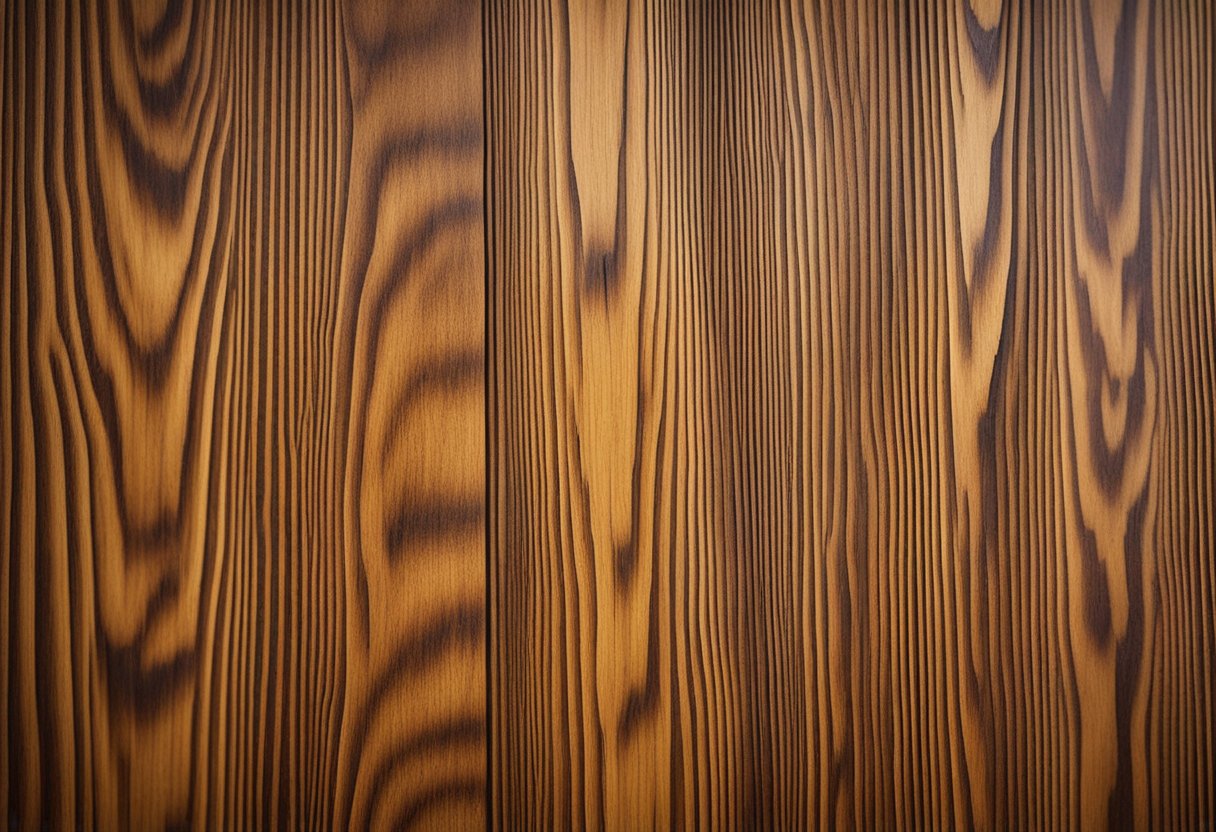
While wax over Danish oil can provide a beautiful and durable finish, there are a few potential disadvantages to consider. Here are some of the most notable ones:
Less Durability
While Danish oil provides a durable finish on its own, adding wax on top can actually decrease its durability. This is because wax is softer and more prone to wear and tear than Danish oil. If your furniture or woodwork is going to be subjected to a lot of wear and tear, it may be better to skip the wax and stick with Danish oil alone.
Time-Consuming
Applying wax over Danish oil can be a time-consuming process. You need to wait for the Danish oil to fully cure before applying the wax, which can take several days. Then, you need to apply the wax in thin layers, buffing each layer before applying the next. This can take several hours or even days, depending on the size of the project.
Spontaneous Combustion
Wax is flammable, and can even spontaneously combust if not handled properly. This means that you need to be careful when storing and disposing of any rags or materials used in the waxing process. Make sure to store them in a well-ventilated area and dispose of them properly to avoid any risk of fire.
Regular Maintenance
Wax over Danish oil requires regular maintenance to keep it looking its best. You will need to reapply the wax regularly to maintain its shine and protection. This can be a time-consuming and tedious process, especially if you have a lot of furniture or woodwork to maintain.
Overall, while wax over Danish oil can provide a beautiful and durable finish, it is not without its potential disadvantages. It is important to weigh these factors carefully before deciding whether or not to use this finish on your next woodworking project.
Safety Measures and Maintenance
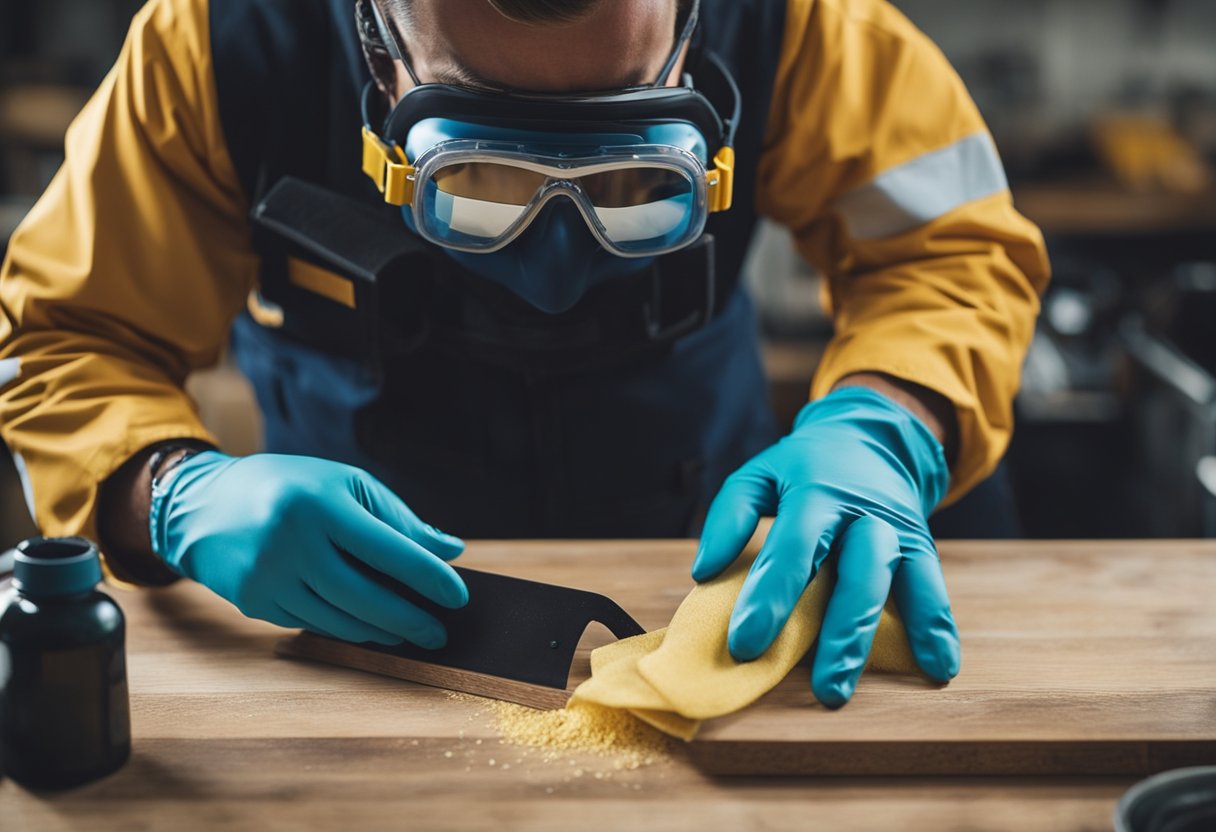
When working with wax over Danish oil, it is important to take the necessary safety measures to protect yourself and your workspace. First and foremost, make sure the area is well-ventilated to avoid inhaling any fumes. Wear gloves and protective eyewear to prevent any skin contact or accidental splashes.
To maintain the quality of your wax over Danish oil finish, it is important to take proper care of your furniture. Avoid exposing it to extreme heat, as this can cause the wax to melt and potentially damage the finish. Additionally, scratches can occur over time, so it is important to use coasters and placemats to protect the surface.
Chemicals and stains can also cause damage to the finish, so be sure to clean up any spills immediately with a soft cloth and mild soap and water. Avoid using any harsh chemicals or solvents on the surface, as this can strip away the finish and damage the wood.
Temperature fluctuations and exposure to water vapor can also affect the finish over time. To refresh and rejuvenate the wax over Danish oil finish, simply apply a thin layer of wax and buff with a soft cloth. This will help restore the shine and protect the surface from further damage.
By taking these safety measures and proper maintenance steps, you can ensure the longevity and quality of your wax over Danish oil finish.
Variety of Finishes
When it comes to finishing wood, there are a variety of options available to achieve the desired look and protection. Some of the most common finishes include polyurethane, lacquer, varnishes, wax finish, and finishing oils. Each finish has its own unique properties that make it suitable for different applications.
Polyurethane is a synthetic finish that is durable and resistant to water and scratches. It comes in a variety of finishes, from matte to glossy, and can be applied with a brush, roller, or spray gun. Lacquer is another synthetic finish that dries quickly and provides a hard, durable finish. It is often used on furniture and cabinets and can be applied with a spray gun or brush.
Varnishes are a type of clear finish that is made from resin, oil, and solvents. They are known for their durability and can provide a glossy or matte finish. Varnishes can be applied with a brush or sprayed on and are often used on outdoor furniture and boats.
Wax finishes are another option for finishing wood. They provide a soft, natural look and feel and are easy to apply. Wax finishes can be buffed to a high shine and offer a moderate level of protection against scratches and moisture.
Finishing oils, such as Danish oil, are a popular choice for finishing wood. They penetrate the wood and provide a natural, matte finish. They are easy to apply and provide a moderate level of protection against scratches and moisture.
Overall, the choice of finish will depend on the desired look and level of protection. Each finish has its own unique properties and can be used to achieve a variety of finishes, from matte to glossy. It’s important to choose the right finish for the job to ensure the best results.
Do-it-Yourself Approach
If you are interested in a do-it-yourself approach to waxing over Danish oil, there are a few options to consider. One option is to make your own wax blend using ingredients such as beeswax, carnauba wax, and polymerized linseed oil. This approach allows for a more eco-friendly and customizable wax blend.
Another option is to use a pre-made paste wax, which can be applied over Danish oil once it has fully cured. When selecting a paste wax, it is important to ensure that it is compatible with the type of oil used in the Danish oil finish. Some paste waxes may contain synthetic resins that can react negatively with natural oils.
When applying wax over Danish oil, it is important to follow proper application techniques. This includes applying a thin layer of wax with a soft cloth or brush, allowing it to dry, and then buffing it with a clean cloth to achieve a smooth, glossy finish. It is also important to ensure that the Danish oil has fully cured before applying wax, as this will prevent any issues with adhesion or discoloration.
Overall, a do-it-yourself approach to waxing over Danish oil can be a great way to achieve a custom finish that is both eco-friendly and cost-effective. Whether you choose to make your own wax blend or use a pre-made paste wax, it is important to follow proper application techniques and select a wax that is compatible with the type of oil used in the Danish oil finish.
Specific Uses of Danish Oil and Wax
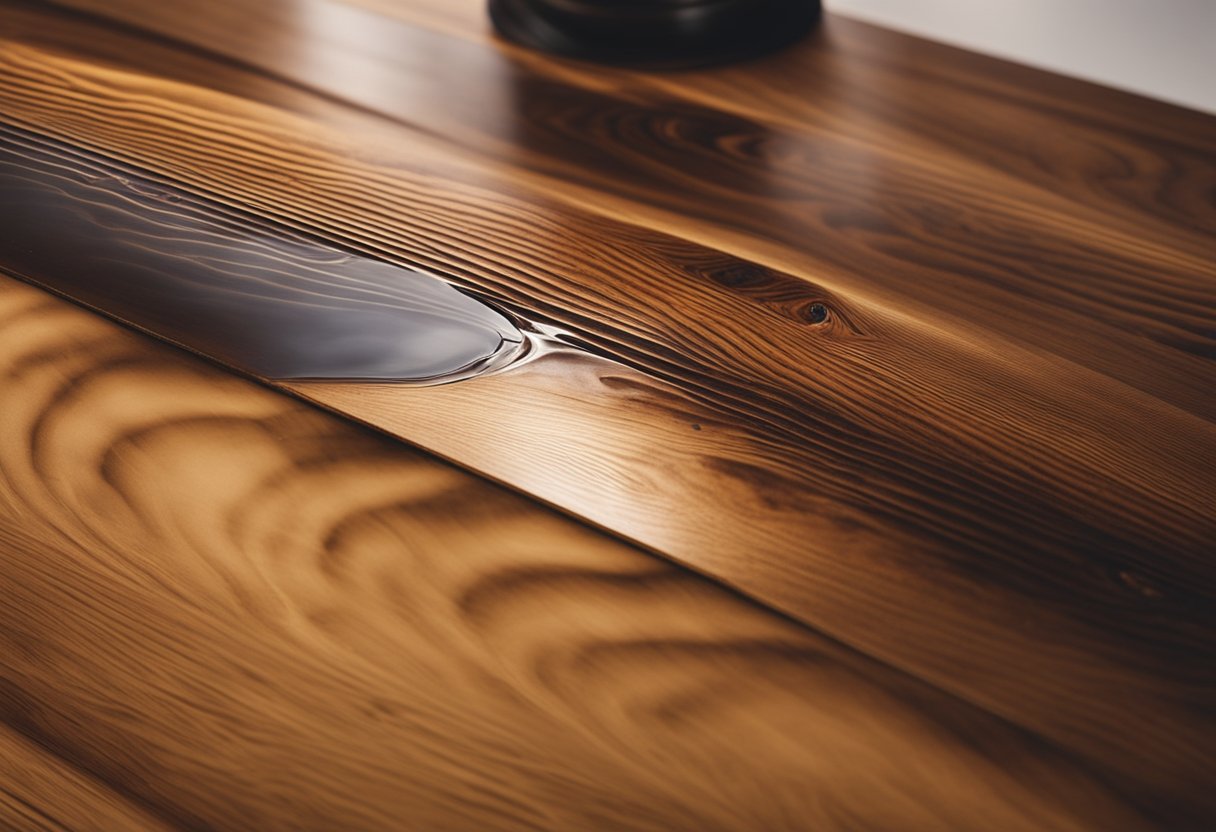
As a woodworker, I have found that Danish oil and wax are two of the most versatile and useful finishes for a wide range of projects. Both can be used on a variety of surfaces, including furniture, boxes, kitchen worktops, and tool handles, to name a few.
Danish oil is a popular choice for its water-resistant properties and ability to bring out the natural beauty of wood. It is often used as a coating for wooden items that will be exposed to moisture or changes in temperature. Danish oil is also food-safe, making it an excellent choice for kitchen worktops and cutting boards.
Wax, on the other hand, is a popular choice for adding a protective layer to wooden surfaces. It is often used as a final coat over Danish oil to provide additional protection and a remarkable sheen that showcases the natural beauty of the wood. Wax can also be used on a variety of other surfaces, including metals, plastics, and ceramics.
Both Danish oil and wax can be used to create a variety of finishes, including matte, satin, and glossy. They can also be used to enhance the color of wood and to create unique effects, such as antiquing or distressing.
When it comes to inks and polishes, both Danish oil and wax can be used to create a variety of effects. Danish oil can be used as a base coat for ink or polish, while wax can be used as a final coat to provide additional protection and shine.
Overall, Danish oil and wax are two of the most versatile and useful finishes for a wide range of woodworking projects. Their water-resistant properties, ability to enhance the natural beauty of wood, and versatility make them an excellent choice for any woodworker.
Frequently Asked Questions

How long should Danish oil dry before applying wax?
It is recommended to wait at least 6-8 hours between each coat of Danish oil. After the final coat, allow the oil to dry for at least 24 hours before applying wax.
Can you apply feed n wax over Danish oil?
Yes, you can apply feed n wax over Danish oil. However, it is important to ensure that the Danish oil has fully cured before applying feed n wax.
What is the best way to apply wax over Danish oil?
The best way to apply wax over Danish oil is to use a soft cloth or brush and apply the wax in a thin, even layer. Allow the wax to dry for a few minutes, then buff it with a clean cloth to achieve a smooth and shiny finish.
Is it necessary to apply wax over Danish oil?
No, it is not necessary to apply wax over Danish oil. Danish oil provides a durable and protective finish on its own. However, applying wax can enhance the shine and provide extra protection.
What are the advantages of applying wax over Danish oil?
Applying wax over Danish oil can provide extra protection against scratches, scuffs, and water damage. It can also enhance the shine and provide a smooth and silky finish.
Can you apply paste wax over Danish oil?
Yes, you can apply paste wax over Danish oil. However, it is important to ensure that the Danish oil has fully cured before applying paste wax. Paste wax can be applied in the same way as liquid wax, using a soft cloth or brush and buffing it to achieve a smooth finish.

Hi, I’m Sal Muller of Tooltrip.com. My DIY experience led me to understand essential power tools for home projects. Tooltrip.com guides enthusiasts and professionals in choosing right tools for any job. I provide concise top tool reviews for easier, efficient DIY.

